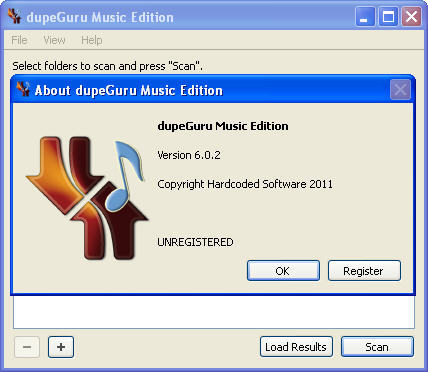

It then applies five image comparison filters in order to measure how close pairs of images on the hard drive are. First, you select the root folder or folders to find and catalogue all of your pictures. VisiPics does more than just look for identical files, it goes beyond checksums to look for similar pictures and does it all with a simple user interface. If you’re looking for a program that will visually identify duplicate photos (using the digital image comparison process rather than comparing the file name, size, etc.) then the best program I have found is Visipics. But the final Windows version 2.10.1 is still available for download. According to his website, the developer stopped upgrading the Windows version and focuses on Linux now. The Windows version of dupeGuru PE is from 2014, but it does everything I need. Besides the usual file size/date comparison that all dedupe tools have, dupeGuru PE can also use EXIF timestamps.

If you don’t need the CPU-intensive analysis like me, you can tell the tool to use other criteria to identify duplicates, which will run much faster. The tool then lets me set criteria for which duplicate to keep, while deleting the rest (I keep the one with the highest resolution). It’s CPU- and disk-intensive because each image file must be read, so if you have tens of thousands of images it can take several hours to complete its scan, depending on your hardware. I chose dupeGuru PE because it has clever logic that recognizes these as duplicates. So a bitwise comparison would say they are not duplicates, but in fact they are the same image with different resolutions. Many of my duplicates have different resolutions. It’s free and can be downloaded directly from the developer’s site here. I settled on dupeGuru Picture Edition v2.10.1.

I spent some time researching various tools, including CCleaner, Duplicate File Finder by Ashisoft (I have an older licensed version), and others. I’m in the midst of the exact same project, with tens of thousands of duplicate photos.


 0 kommentar(er)
0 kommentar(er)
